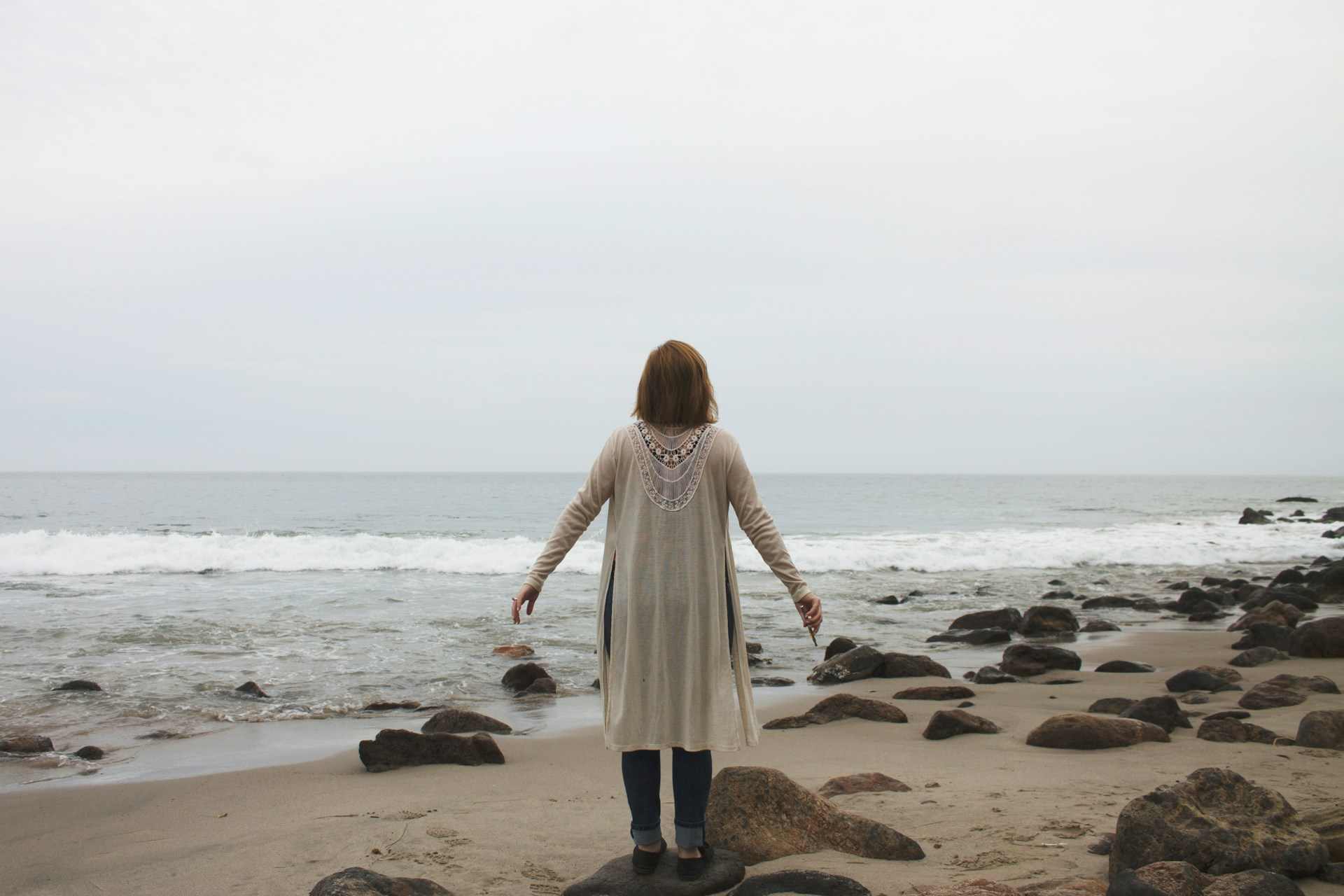Night terrors in children is a sleep disorder that causes kids to have vivid nightmares and intense emotions while they are sleeping. They are different from nightmares in that children do not wake up fully during a night terror and they are usually not able to remember the event the next day.
Night terrors in children are often more frightening for the parents than for the kids. You can see your kids in distress, sometimes the kid is screaming, but not awake, which is disconcerting.
When you lie down, you will not be afraid; when you lie down, your sleep will be sweet. – Proverbs 3:24, NIV
How do I know if my kid is having night terrors?
 Night terrors occur during deep sleep, while nightmares occur during REM sleep. This means that kids who are having night terrors are not fully awake and will not be able to remember the event the next day. There are significant differences between night terrors and nightmares.
Night terrors occur during deep sleep, while nightmares occur during REM sleep. This means that kids who are having night terrors are not fully awake and will not be able to remember the event the next day. There are significant differences between night terrors and nightmares.
Kids who are having night terrors are often agitated and may scream or cry. They may also have their eyes open but appear to be unresponsive. Night terrors usually last for a few minutes, while nightmares can last for much longer.
Night terrors are more common in children between the ages of three and twelve, while nightmares can occur at any age, even adults have nightmares. There is no known cause of night terrors, but they may be related to stress, anxiety, or changes in sleep patterns. Nightmares, on the other hand, are often caused by stressful events or experiences.
What can I do to help them?
If your child is having night terrors, there are a few things you can do to help them:
- Make sure your child gets enough sleep.
- Create a relaxing bedtime routine.
- Avoid caffeine and sugar before bed.
- Make sure your child’s bedroom is dark and quiet.
- If your child wakes up during a night terror, try to calm them down and reassure them that they are safe.
- Do not try to wake your child up completely.
- Do not talk to your child about the night terror the next day.
If you are concerned about your child’s night terrors, talk to your doctor about ideas for handling the situation.
In peace, I will lie down and sleep, for you alone, Lord, make me dwell in safety. – Psalm 4:8, NIV
Creating a calming bedtime routine.
While it may seem easy to say, get on PJs, brush your teeth, and go to bed, a more relaxed routine may provide the best way to settle both the body and the brain for good sleep.
Experts recommend no screens for at least an hour before going to sleep, preferably longer. Make sure your child has had plenty of food and water. Give time to release wiggles and energy. Then begin quiet activities. Some kids benefit from a kid’s yoga routine. Reading aloud to your child is an excellent way to relax, in bed or on the couch. Make sure the content of the books is not going to be troubling to your child.
The lighting both before bed and in the child’s bedroom can have an impact on dreams. Progress slowly from brighter to dimmer. Some kids prefer total darkness, while others like to have a small light in their room. Creating a comfortable and consistent environment with light and temperature is an important part of a bedtime routine.
 At the final tuck-in, find a simple prayer to pray with your child, maybe even repeating the verses above. Or something like this. “Dear Jesus, I know that you are with me when I am awake and asleep, when I am scared, and when I am happy. Give me courage and comfort when I am afraid. Amen”
At the final tuck-in, find a simple prayer to pray with your child, maybe even repeating the verses above. Or something like this. “Dear Jesus, I know that you are with me when I am awake and asleep, when I am scared, and when I am happy. Give me courage and comfort when I am afraid. Amen”
Trusting God takes practice, and you should not set up the expectations that God will magically remove the problem. What you can do is trust God with the problem and that He cares for you.
In what ways can counseling be helpful? Your child may have deep-rooted stress or anxiety that they are unable to articulate. Play therapy or talk therapy may be an appropriate way to learn more. The family counselors in our directory are available to begin the conversation and help you and your child sleep sweetly.
“Sleeping Child”, Courtesy of Sam K, Pexels.com, CC0 License; “Sleeping Child”, Courtesy of Snapwire, Pexels.com, CC0 License; “Sleeping Child”, Courtesy of RDNE Stock project, Pexels.com, CC0 License
- Caitlin Mallery: Author
Caitlin Mallery is a freelance writer, mother of four, avid reader, and amateur gardener from the Pacific Northwest. When she is not writing or chauffeuring children hither, thither, and yon, she works as a hospital chaplain.
“Working in spiritual...
DISCLAIMER: THIS ARTICLE DOES NOT PROVIDE MEDICAL ADVICE
Articles are intended for informational purposes only and do not constitute medical advice; the content is not intended to be a substitute for professional medical advice, diagnosis, or treatment. All opinions expressed by authors and quoted sources are their own and do not necessarily reflect the opinions of the editors, publishers or editorial boards of Stone Oak Christian Counseling. This website does not recommend or endorse any specific tests, physicians, products, procedures, opinions, or other information that may be mentioned on the Site. Reliance on any information provided by this website is solely at your own risk.






